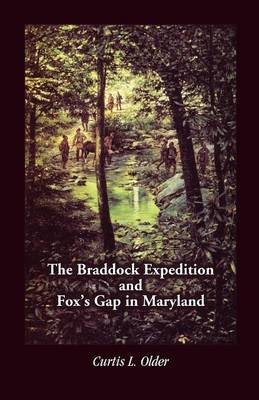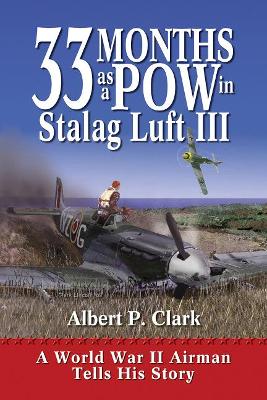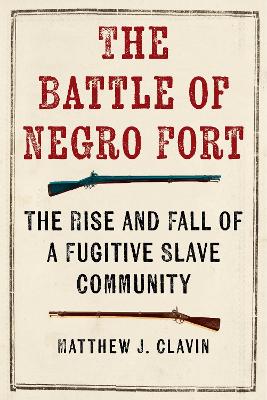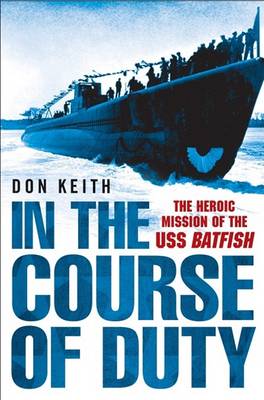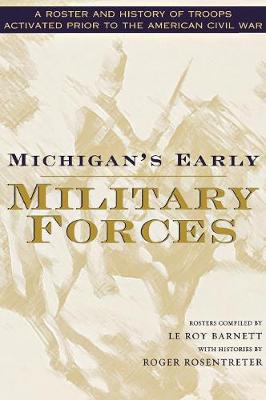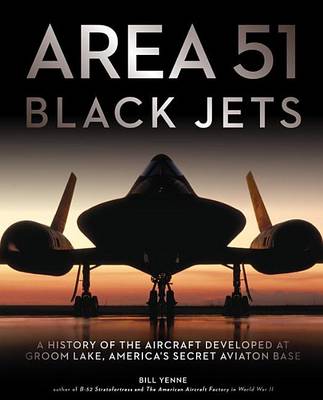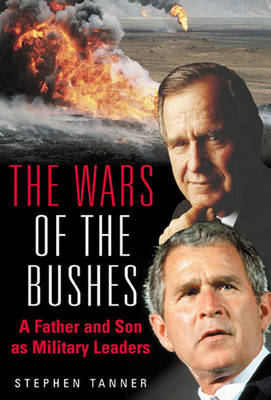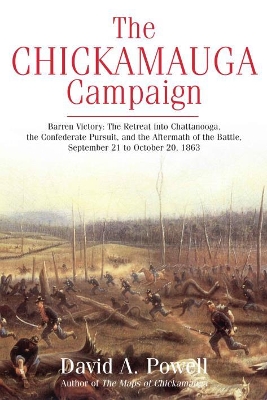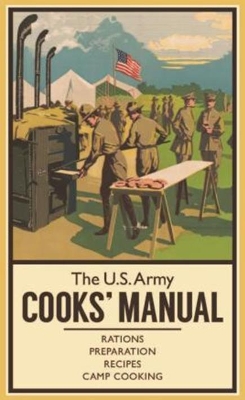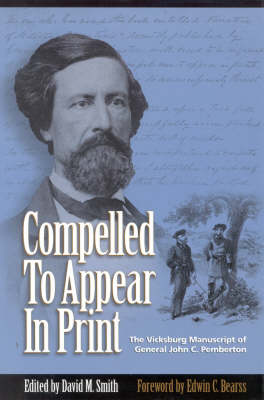The Braddock Expedition and Fox's Gap in Maryland
by Curtis L Older
What lights the spark that ignites a revolution? Lost in the story of America's path to independence is the tumultuous nature of that nation's origins: the interplay of ideologies and personalities that provoked a group of merchants, farmers, artisans, and sailors to take up arms in pursuit of liberty ...A city of 15,000 inhabitants packed onto a land-connected island a little over one square mile, Boston in 1775 was also - following a series of incendiary incidents by patriotic citizens and tro...
This is a thorough survey of the key issues that surround the relations between the military and its civilian control in the US today. Civil-military relations in America have essentially been a bargain to determine the responsibilities and prerogatives of the civilian leadership on one hand and the military on the other. Circumstances, be they political, social, or other, may render the terms of the bargain obsolete, resulting in tensions that call for their renegotiation. For example, substant...
The dramatic story of the United States' destruction of a free and independent community of fugitive slaves in Spanish Florida In the aftermath of the War of 1812, Major General Andrew Jackson ordered a joint United States army-navy expedition into Spanish Florida to destroy a free and independent community of fugitive slaves. The result was the Battle of Negro Fort, a brutal conflict among hundreds of American troops, Indian warriors, and black rebels that culminated in the death or re-enslave...
Blood on the Battlefield (Road to Destiny)
by Leo Stonewall Jackson Chilson
Hollywood Remembrance and American War (Routledge Advances in Film Studies)
Hollywood Remembrance and American War addresses the synergy between Hollywood war films and American forms of war remembrance. Subjecting the notion that war films ought to be considered ʻthe war memorials of today’ to critical scrutiny, the book develops a theoretical understanding of how Hollywood war films, as rhetorical sites of remembering and memory, reflect, replicate and resist American modes of remembrance. The authors first develop the framework for, and elaborate on, the co-evoluti...
Michigan's Early Military Forces (Great Lakes Books)
Michigan has long been proud of its military service, but many of its early accomplishments are unknown to most of the state's residents. This book fills the void in our knowledge by bringing together an impressive array of information on Michigan's armed forces from 1775 to 1860. Here we find the name rank, unit, and dates of service for all known Michigan men who served in the Revolutionary War, Indian Wars, War of 1812, Black Hawk War, Toledo War, Patriot War, and the Mexican-American War. Ac...
In 1862 at the age of thirty-two, Centreville, Michigan, physician John Bennitt joined the 19th Michigan Infantry Regiment as an assistant surgeon and remained in military service for the rest of the war. During this time Bennitt wrote more than two hundred letters home to his wife and daughters sharing his careful and detailed observations of army life, his medical trials in the field and army hospitals, dramatic battles, and character sketches of the people he encountered, including his regime...
Area 51 - Black Jets: A History of the Aircraft Developed at Groom Lake, America's Secret Aviation Base
by Bill Yenne
The "Wars of the Bushes" is a fascinating study of the United States' foreign policy and the military engagements waged during the two Bush presidencies. Historian Stephen Tanner deftly argues that the current president's foreign policy is seriously at odds with the first President Bush's successful recipe of broad-based global alliances, clear-cut political goals, and quick, decisive wars. Tanner's study begins with an examination of George H. W. Bush's career. Bush's own wartime experiences, c...
Now in paperback, Barren Victory is the third and concluding volume of the magisterial Chickamauga Campaign trilogy, a comprehensive examination of one of the most important and complex military operations of the Civil War. The first installment, A Mad Irregular Battle, introduced readers to the major characters of this sweeping drama and carried them from the Union crossing of the Tennessee River in August 1863 up through the bloody but inconclusive combat of the first and second days of the...
An army marches on its stomach—so the classic saying goes. This book brings together excerpts from contemporary manuals for U.S. Army cooks to show how the U.S. Army fed and provisioned its troops in the early 20th century and lift the lid on what daily life must have been like both for those preparing and consuming the rations. The oldest manual included dates from 1896. At this time, the U.S. Army was involved in the last skirmishes of the Indian Wars, the Spanish-American war and the Philip...
Breaching the Summit
by Kenneth O Preston, Michael P Barrett, Rick D West, James A Roy, Denise M Jelinski-Hill, and Charles Bowen
"To those outside the military, and even to those serving, the rank structure can sometimes be over simplified. It appears that we rack and stack everyone in the organization, and the person with the most rank "wins"-he or she is in charge, and everyone else has to follow orders that flow from the top. While there is certainly benefit in adhering to a chain of command, the interaction between the various ranks up and down that chain, officer and enlisted, becomes the connective tissue that creat...
Volume 6 documents Washington's decisions and actions during the heart of the New York campaign--the period from late summer to early fall 1776 when his British opponent, General William Howe, took the offensive and outmaneuvered the American forces in and around New York City through a series of amphibious landings. Faced with an enemy superior in numbers, mobility, and discipline, Washington attempted to defend New York by placing his green troops behind fortifications on high ground and hopin...
U.S. Airpower at Sea (Firepower Pictorials Special S., #1019)
by Richard Drury
American flyer Watt parachuted out of his burning bomber into Nazi-occupied Belgium. Assisted by selfless patriots who helped him elude the Gestapo, he began the treacherous journey to Spain, where his life was still in danger since he had fought against ruler General Franco in the Spanish Civil War six years earlier.
